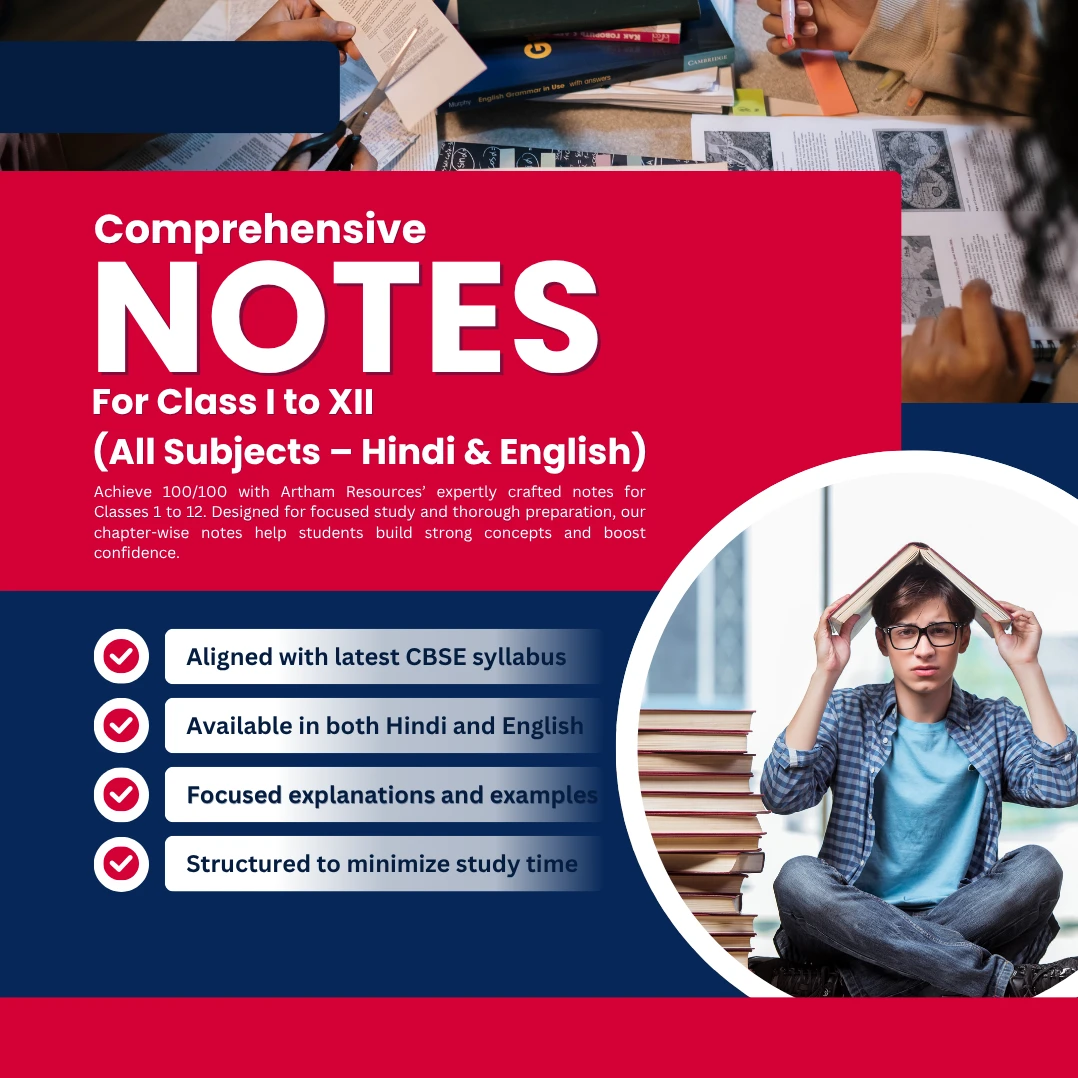Class IX English Grammar – Figures of Speech
These notes are designed to explain the essential concepts of Figures of Speech in English grammar, helping students to understand the various literary devices used to enhance language and expression.
Definition:
Figures of Speech are rhetorical devices that create a special effect in writing. They go beyond the literal meaning of words to convey emotions, imagery, and deeper meanings.
Types of Figures of Speech:
- Simile: A comparison using “like” or “as” (e.g., “as brave as a lion”).
- Metaphor: A direct comparison (e.g., “Time is a thief”).
- Personification: Giving human traits to non-human entities (e.g., “The wind whispered”).
- Hyperbole: Exaggeration for emphasis (e.g., “I’m so hungry I could eat a horse”).
- Alliteration: Repetition of consonant sounds (e.g., “She sells sea shells”).
- Onomatopoeia: Words that imitate sounds (e.g., “buzz,” “bang”).
Importance:
Figures of Speech enhance writing by making it more engaging and vivid. They help in expressing emotions and adding depth to the text.
Application:
Understanding these figures allows students to analyze poetry, prose, and everyday language, improving their appreciation of literature.
These notes from Artham Resource are an essential tool for Class IX students to grasp the concept of Figures of Speech and apply them effectively in their writing and analysis.







Reviews
There are no reviews yet.